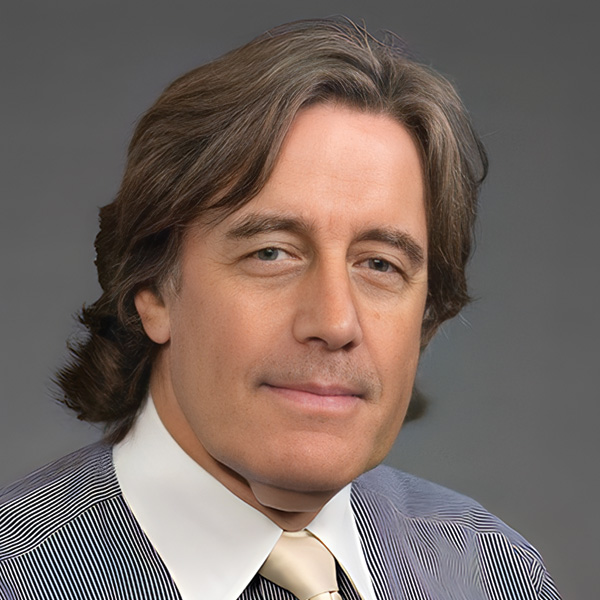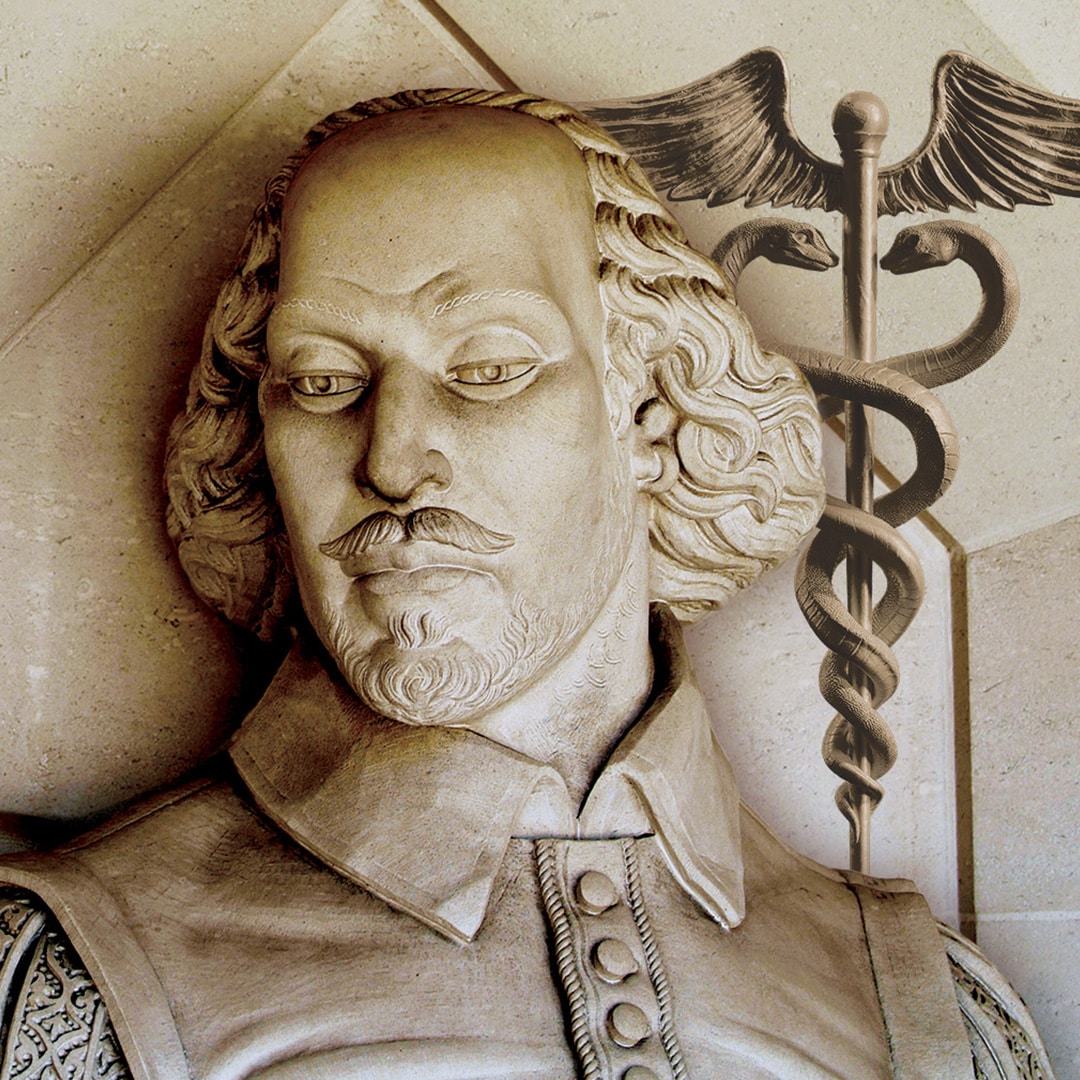The anatomical theories of Galen
Placed the liver not heart at the center
Of blood and its journey through tissues in
Corporis Humani, until dissenter
Da Vinci proved otherwise, his drawings
With detail and fineness meticulous
Showed centrality of the heart, and rings
Of muscle that pumped fluid, with no fuss
Through aorta and valves, all four of them
Opening and closing in harmony
Annotating minutiae of each hem
The heart’s structure and its anatomy
Never finished De Humanis Corpore
A life’s work, preparing a new story
Backstory
Like many true Renaissance Men (including Michelangelo), Leonardo never quite finished his main masterpieces. Although he was a truly accomplished painter, sculptor, mathematician and inventor, it was his anatomical studies that were groundbreaking, way ahead of their time. At an early stage he started to compile his meticulous anatomical drawings, and always planned to write an illustrated De Humanis Corpore, but he never finished it, and the book was never published. The collection was assembled and acquired by the British Royal Family in the 17th Century.
Leonardo da Vinci was born in Vinci, Florence in 1452. He became an independent painter by the age of 19, but his attention was soon drawn to anatomy (as well as the engineering of waterways) at 20, and he was able to carry out dissections of animals, and later humans. This was allowed but frowned on by the intelligentsia, who still followed the theories and practices of Galen and earlier ‘scientists’. Like other renaissance men covered in the present collection, da Vinci preferred to follow experimental observations in formulating his knowledge. He drew and annotated illustrations of many tissues and organs. It was his observations on the heart and major organs that captured most attention especially as he was able to work out how heart valves operated and how blood flowed through the aorta and around the body (more will be said of this in relation to the work of Hunter in a different section). Da Vinci died in 1519, just over 500 years ago. Many discussions have taken place about his most significant contributions to this world, including his paintings of The Last Supper and La Giocanda, but his studies of the heart must rank with the best.



